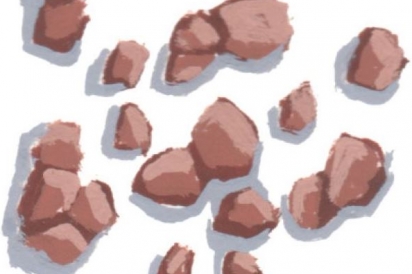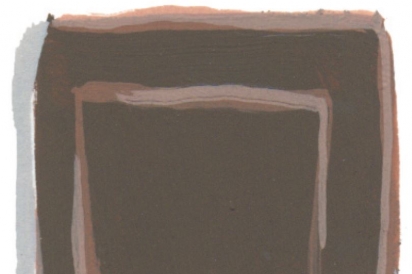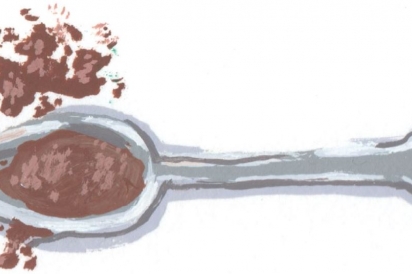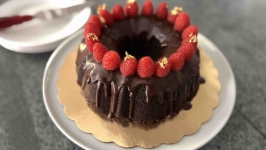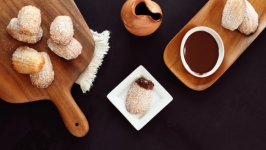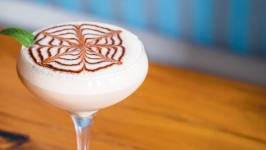Chocolate Glossary: A Guide for Bakers and Eaters
Like the worlds of wine and cheese, the world of fine chocolate is complex. This glossary should get you started on the right track to becoming a connoisseur.
Cocoa Nibs: Once cacao beans have been harvested and fermented, they are dried, roasted and the shells are winnowed (removed). Cocoa nibs are what remain. Cocoa nibs are composed of roughly equal parts cocoa solids and cocoa butter.
Unsweetened Baking Chocolate: Hardened chocolate liquor, this is also called “pure chocolate.” It is almost exclusively used for baking. It’s made after a processing step where pure cocoa nibs are ground into a paste (called cocoa mass) then melted to create what’s called chocolate liquor (though it contains no alcohol).
Eating Chocolate: Eating chocolate is composed of chocolate liquor with added sugar and cocoa butter. The FDA categorizes chocolate by the percentage of chocolate liquor present:
Bittersweet—more than 35%
Semi-sweet—more than 15%
Milk—more than 10%
White Chocolate: Although white chocolate is made with cocoa butter, it doesn’t have any chocolate liquor, and is not technically considered chocolate in the United States.
Cocoa Powder: Made by removing the majority of the cocoa butter from chocolate liquor, cocoa powder is primarily cocoa solids. Dutch-processed cocoa is treated with an alkali to combat the acidity of the cocoa. Non-alkalized cocoa is untreated. Either is fine to use for any recipe without a leavening agent but if a recipe calls for baking soda or powder, stick with the type of powder called for in the directions.
Cocoa Butter: Cocoa butter is extracted from chocolate liquor, and used as an additive in eating chocolate. Adding cocoa butter in baking will create that melt-in-your-mouth sensation, and also produce a firmer texture. Cocoa butter should be the only kind of fat in chocolate—beware of other added oils like palm oil.
Tempered Chocolate: Tempering maintains the smooth texture and sheen in chocolate during changing temperatures, and is often used in recipes requiring molding, dipping and coating. Tempered chocolate has a glossy, uniform texture.
**How should you store chocolate?
Because it is prone to absorbing odors, keep chocolate in an airtight container in a cool, dry place—opt for a cool cabinet instead of the fridge.



